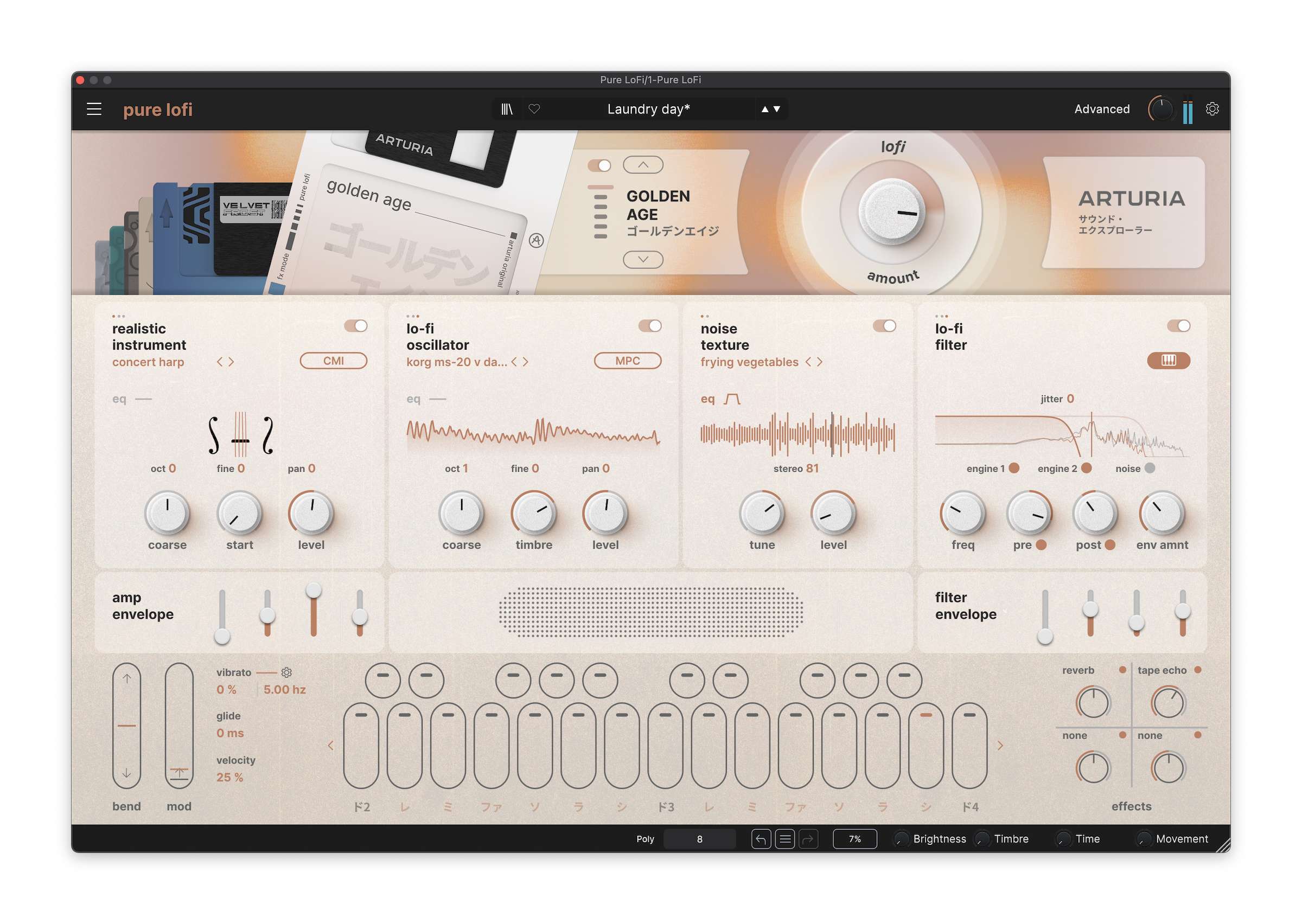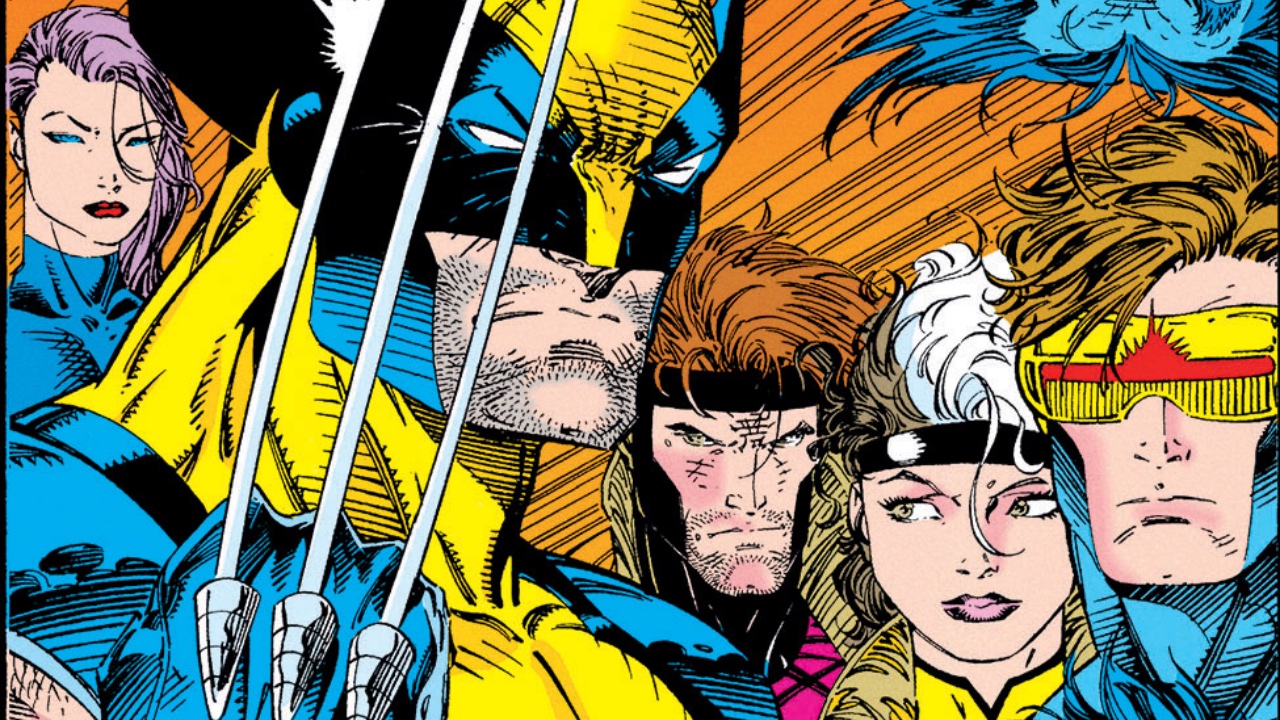How Doom Changed Gaming Forever
My mother was never fond of me playing violent games, so I had to sneak sessions of Mortal Kombat and Wolfenstein 3D away from her discerning eye. One game that was so notorious that I had to take extra precautions in playing it, either on our family computer (thanks, shareware!) or even at friends’ houses, […] The post How Doom Changed Gaming Forever appeared first on Den of Geek.
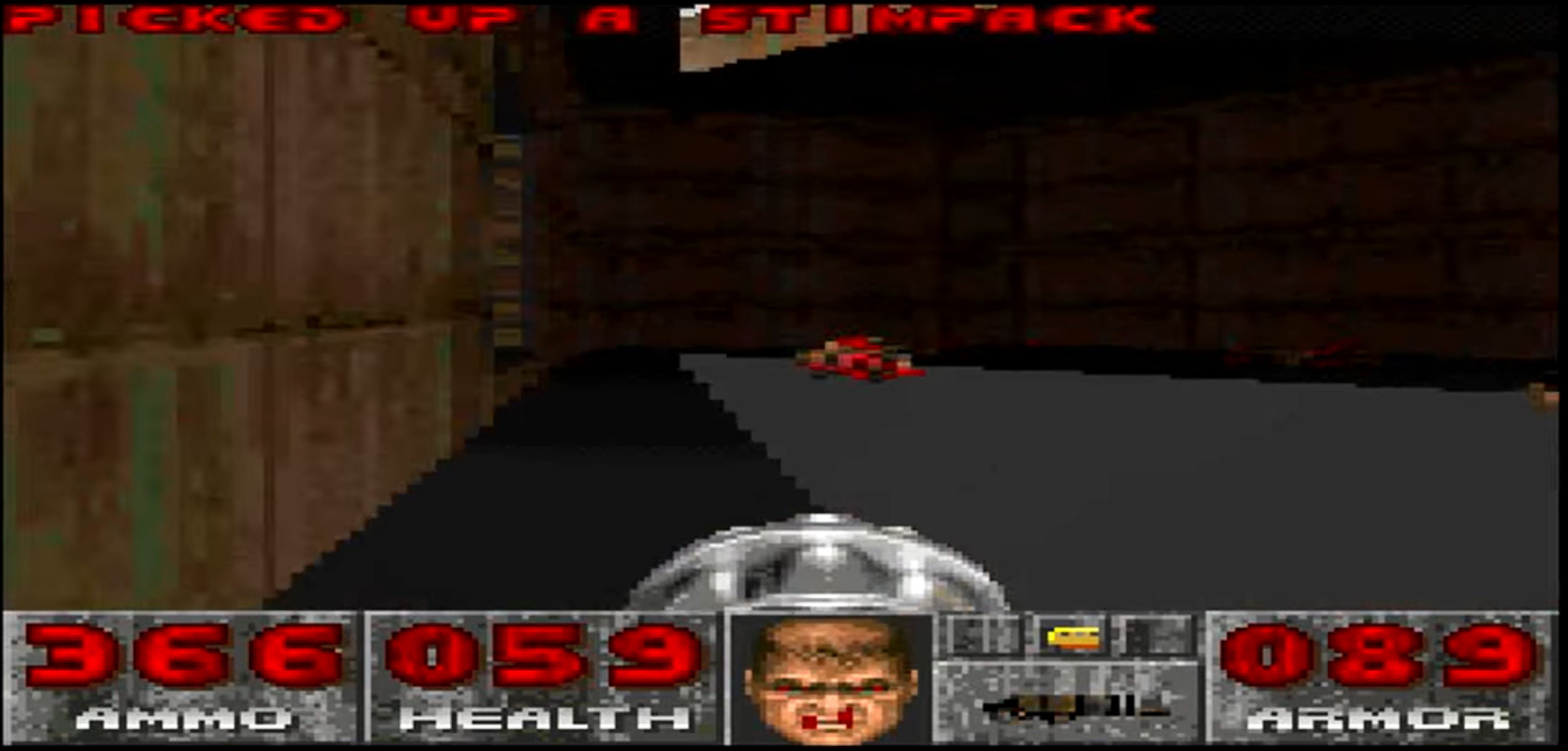
My mother was never fond of me playing violent games, so I had to sneak sessions of Mortal Kombat and Wolfenstein 3D away from her discerning eye. One game that was so notorious that I had to take extra precautions in playing it, either on our family computer (thanks, shareware!) or even at friends’ houses, was 1993’s Doom. Even now, over 30 years later, Doom still feels like a daring gaming franchise to jump into, even as the industry is crowded with first-person shooters on the eve of the launch of the series’ latest title Doom: The Dark Ages.
Even aside from its reputation as one of the goriest and all-around gnarliest shooting games around, Doom changed gaming forever, even more so than publisher id Software’s earlier effort, Wolfenstein 3D, had. From completely revolutionizing the shooter genre and catapulting first-person shooters into the gaming mainstream to inspiring everything from modding to speedrunning, the influence of Doom over gaming can’t be overstated. Here’s how Doom changed gaming forever, with its legacy still acutely felt over 30 years since the franchise’s launch.
The Doom Effect
Though first-person shooters, in their most basic and rawest form, have existed since at least 1973’s Maze War, they were popularized by 1992’s Wolfenstein 3D. Doom was a top-to-bottom level-up effort from id and its development team, including adding atmospheric lighting, programming a wide variety of unique enemies, adding texture mapping to create more detailed environments, and improving the overall sound design. The significant upgrade in technical presentation and refined gameplay did not go unnoticed by the industry or fans and, by the end of 1995, it was estimated that more gamers had Doom installed on their home computers than Windows 95.
Doom was ported to virtually every gaming platform after its 1993 PC debut, a distinction that continues to hold every time a new console is released. Beyond Doom and its ports, id Software led the charge in software licensing, readily licensing out the technology, including and especially the game engine, it used to make Doom to outside developers for a licensing fee. This led to a wave of Doom clones, games that at least partially used Doom’s graphics and/or gameplay technology, with the game’s reach so wide that even the breakfast cereal Chex licensed the engine to create their cult classic 1996 game Chex Quest.
Doom’s influence was readily felt in games that didn’t explicitly use id Software’s technology in their development, like Duke Nukem 3D and Half-Life. Less than a year after Doom, id released the similarly successful and influential Doom II which, while not radically different in terms of gameplay or presentation, further refined what the development team had crafted before. Using Doom as a foundation, id then launched the Quake franchise in 1996, which continued to change the course of first-person shooter games and games using 3D environments moving forward.
The Birth of a Gaming Movement
Something that Doom probably doesn’t get as much credit for is what it did to foster a gaming community beyond what the arcade quarter-munchers and Nintendo Club had done years earlier. A fan community quickly sprung around the game, something that id Software actively helped support as they immediately recognized its importance to the game and their brand. Developers John Carmack and John Romero insisted on making Doom’s game files relatively easy for users to access, encouraging fan-made mods and user-generated levels to their game, despite internal concerns about this move’s proprietary implications.
The developers also built-in a feature that allowed players to record their own replays and share them, along with providing timestamps of how long it took each of the development team to beat the game’s levels, encouraging them to do better. This essentially laid the groundwork for speedrunning, a cornerstone of the gaming community that has only grown more prominent in the ensuing decades. But one major feature that cemented Doom’s legacy was its local area network (LAN) multiplayer modes, letting players battle each other in what id Software dubbed deathmatches.
All those LAN parties and PC cafe deathmatches, fueled by my body weight in energy drinks and cheap snacks, really owe a massive debt to Doom for laying this gaming foundation. Doom has returned a handful of times in the years since Doom II, though the franchise seems to work best when it remembers its own legacy, leaning into deliriously violent gunplay that wears its heavy metal and dark fantasy influences proudly on its sleeve. Doom: The Dark Ages looks to take those fantasy sensibilities even more prominently, quietly rethinking what Doom can be as it reinvents the massively influential franchise for a new generation.
My mom never warmed up to Doom, still seeing it as the paradigm for violent video games, but she accepted that the doors the game opened would remain that way. Doom had revolutionized gaming, not just in terms of popularizing first-person shooters but in helping usher in the medium to more detailed and immersively realized 3D environments. And now with an entire community rallying around it, Doom helped bring gamers together into the growing sub-culture it is today.
Doom: The Dark Ages will be released May 15 on PlayStation 5, Xbox Series X|S, and PC.
The post How Doom Changed Gaming Forever appeared first on Den of Geek.




![‘Thorns’ – ‘Hellraiser’ Inspired Horror Movie Starring Doug Bradley Releases in May [Trailer]](https://bloody-disgusting.com/wp-content/uploads/2023/04/thorns.jpg)















































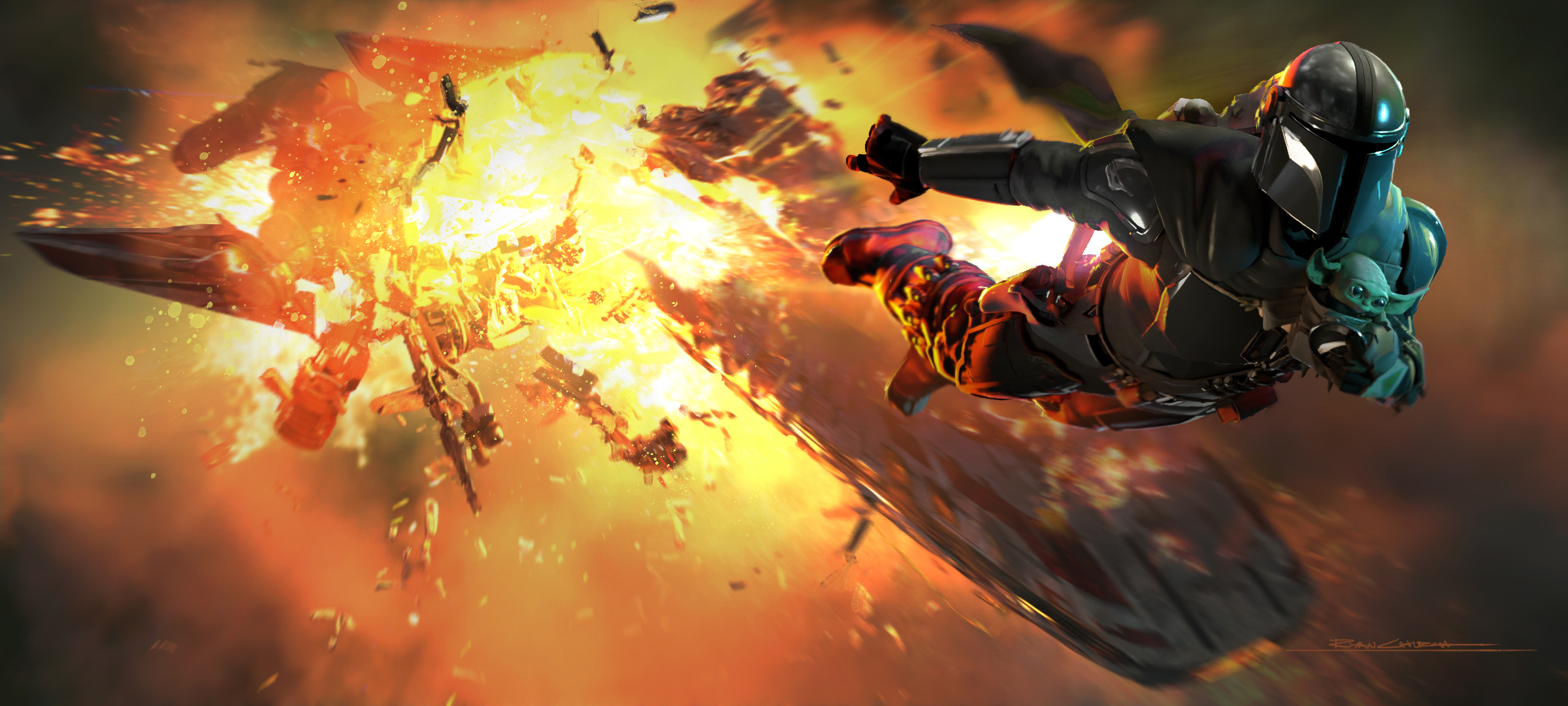






















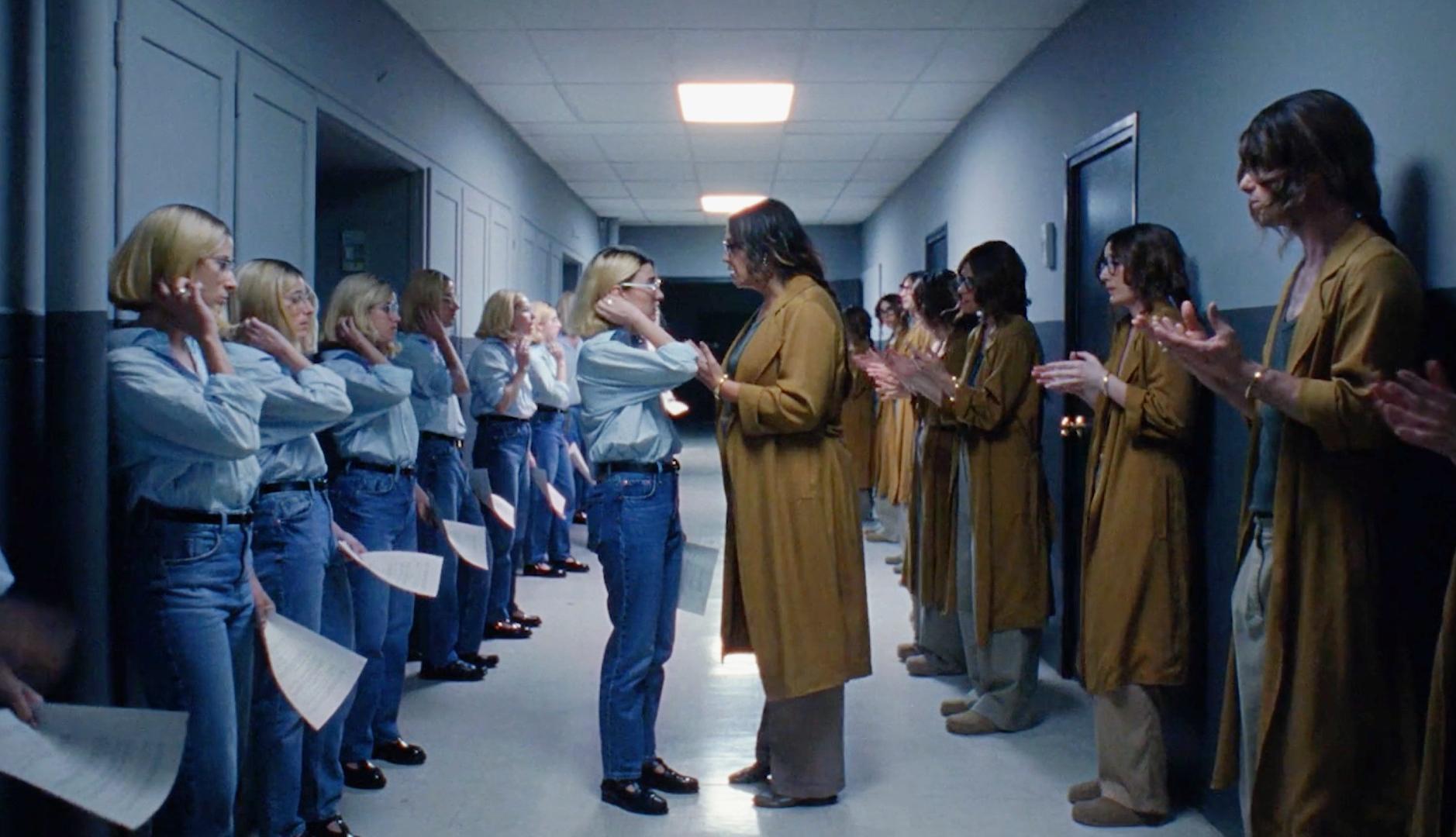

















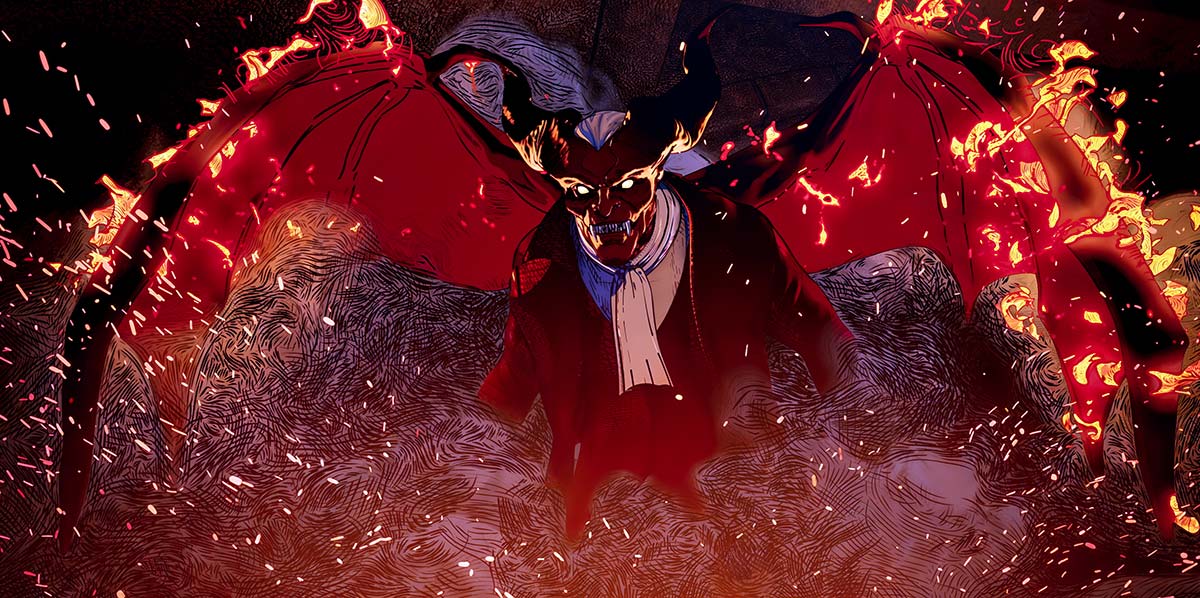






























































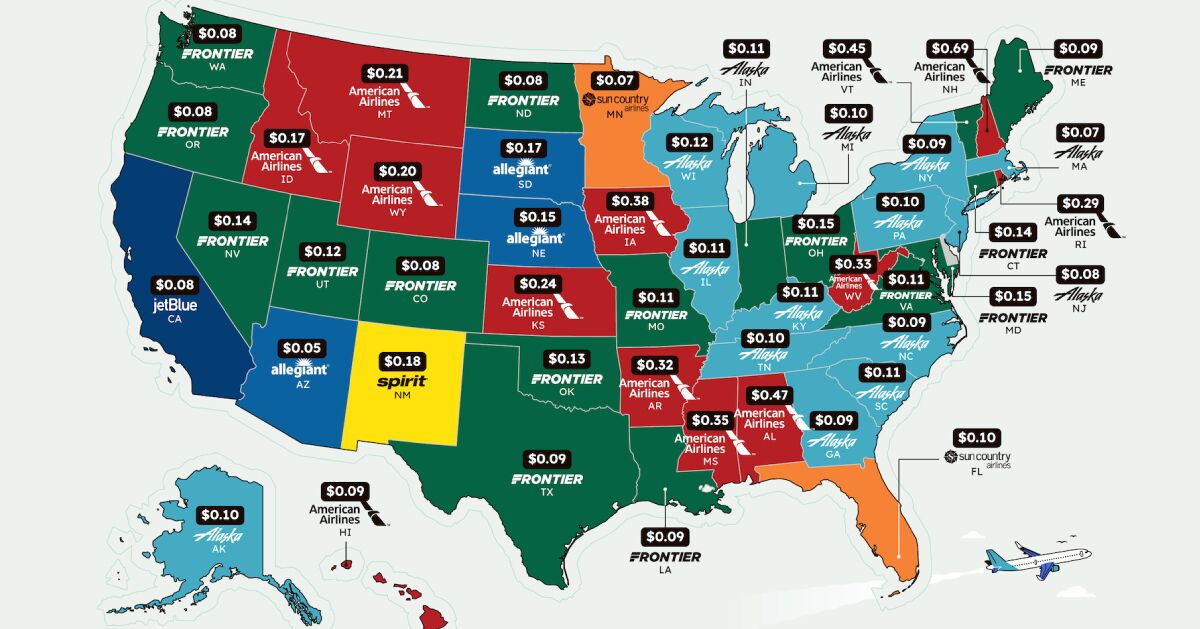





















































![Hotel Beds Outperform Your Master Bedroom for Better Sex—Here’s Why [Roundup]](https://viewfromthewing.com/wp-content/uploads/2025/04/burj-al-arab-bed.jpg?#)




































.jpg?#)











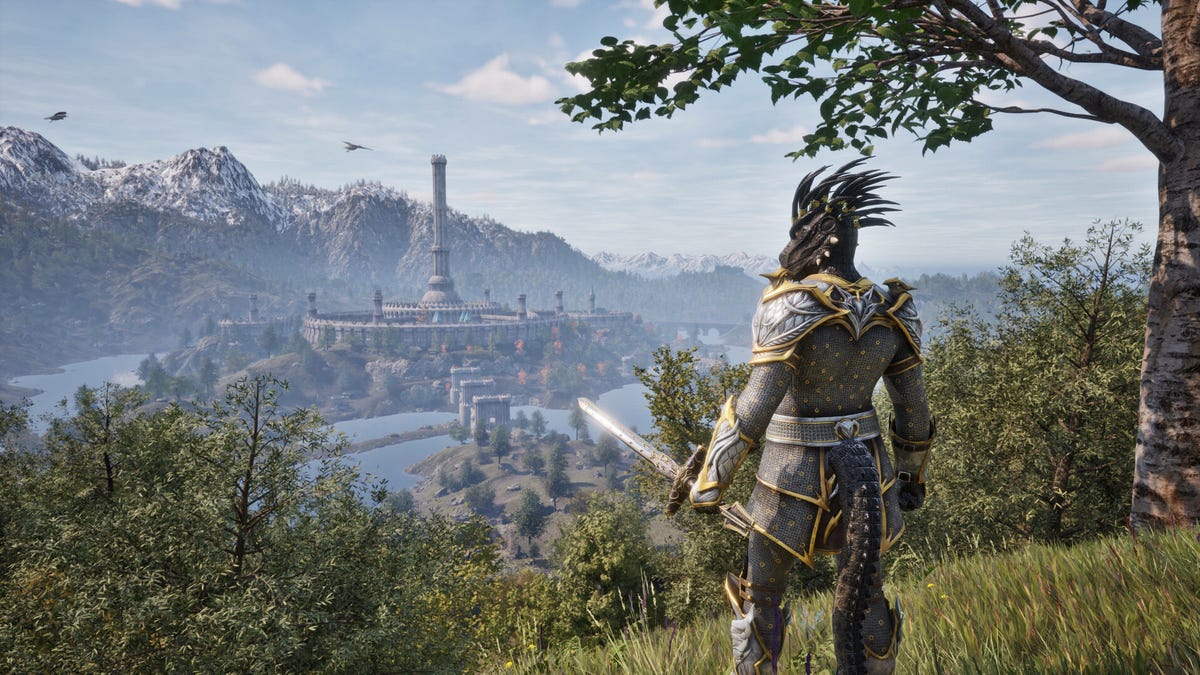




























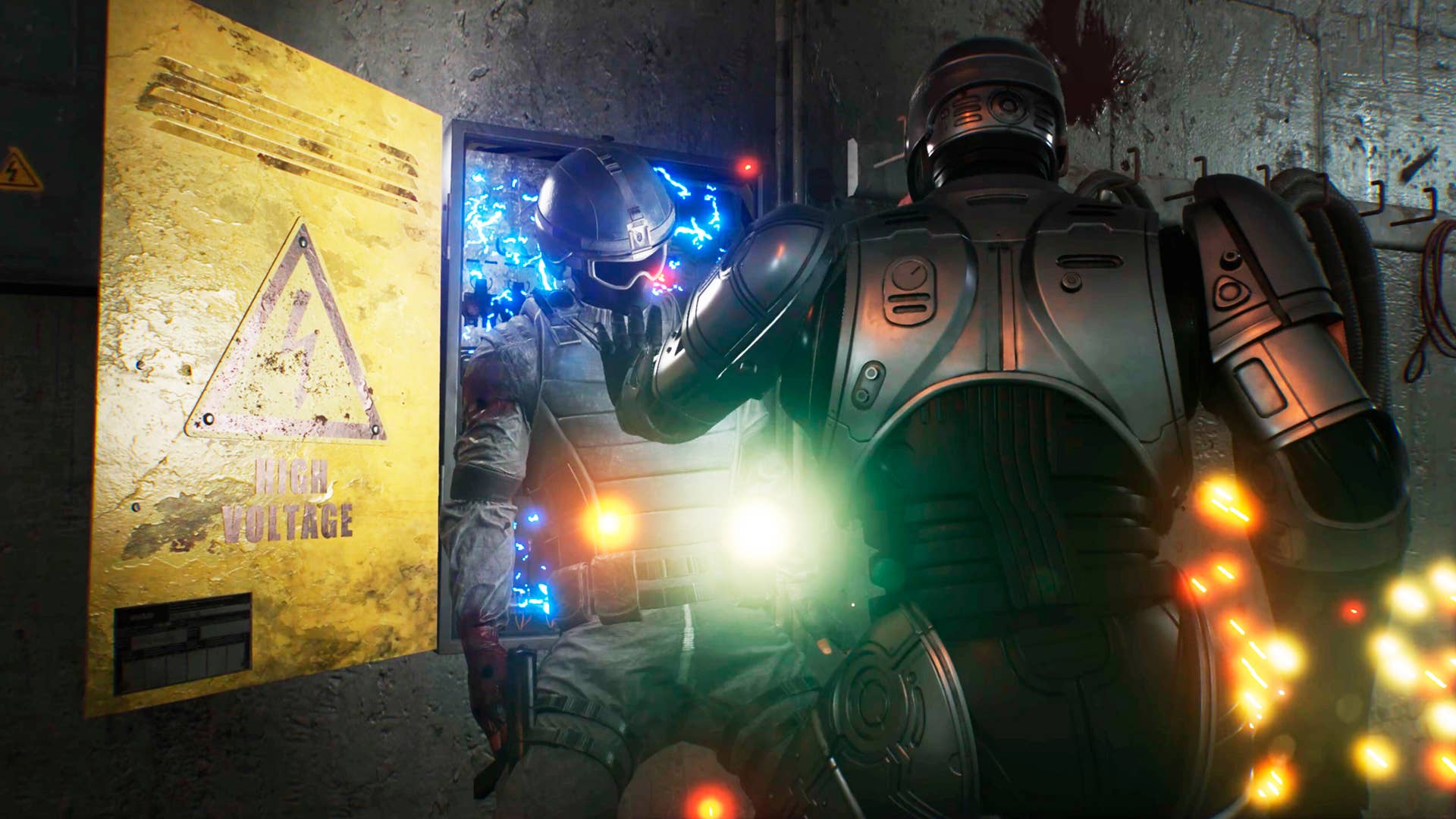


























































































![[Podcast] Unlocking Innovation: How Play & Creativity Drive Success with Melissa Dinwiddie](https://justcreative.com/wp-content/uploads/2025/04/melissa-dinwiddie-youtube.png)












































































